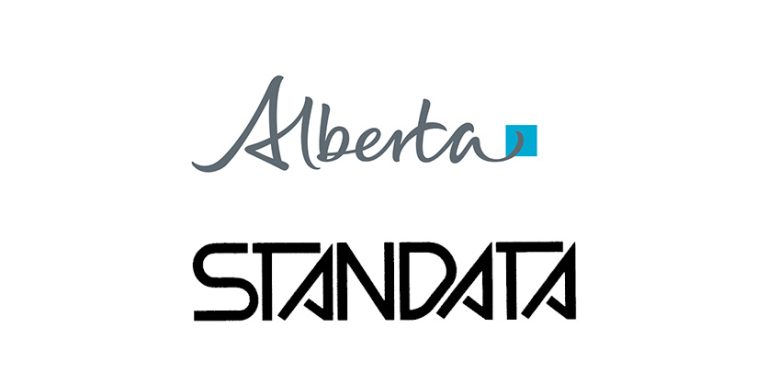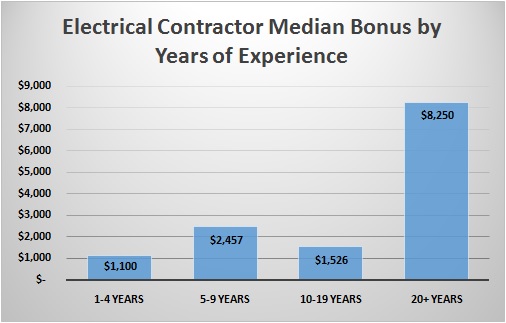Carlo Gavazzi Breakdown of SSRs and EMRs

Apr 18, 2021
By Blake Marchand
Carlo Gavazzi is a global provider of automation components. With a 90-year history in the industry they have grown and innovated with the progression of automated manufacturing. The company is active in industrial plastics, packaging, food and beverage, material handling, agricultural industries as well as intelligent building solutions, water and wastewater, and mining. Their product range focuses on sensors, switches, and controls, including proximity, photoelectric, level and ultrasonic sensors, solid state relays, contactors, energy meters, power supplies, panel meters, as well as current, voltage, and phase monitors.
Here, Carlo Gavazzi’s Product Manager for Switches, Terry Harmon provides some insight into the differences between Solid State Relays (SSRs) and Electromechanical Relays (EMRs) and the applications that match their performance, as well as touching on trends impacting product development.
Harmon explained that for the most part in general applications the decision between SSRs and EMRs comes down to the comparison between up-front and long-term costs. SSRs have a longer life and require less maintenance, although they’re more expensive. SSRs also have no mechanical parts to wear out, a substantially longer electrical life, and better reliability.
Applications that favor electrical isolation during switching will favor EMRs, said Harmon, and machine designs that demand high-speed operation and a very long switching life will prefer SSRs.
With respect to performance differences Harmon explained that: “EMRs can withstand higher voltage and current transients providing more protection for the application circuit.”
“Generally, EMRs are not sensitive to EMI/RFI and so are not impacted by electrical fields or noisy circuits.”
“EMRs are typically available with multiple pole options (multiple sets of contacts), as many as four or more, which allows for the switching of more circuits simultaneously from a single relay.”
“Mechanical contacts offer lower switching resistance and the air gaps between them help to prevent unwanted current flow. Not having to contend with the Off-state leakage current and higher output ON resistance of SSRs gives EMRS complete electrical isolation.”
Along with longevity and reliability, SSRs don’t have contact bounce to create problems with digital circuits. Not having mechanical parts also means they wont inadvertently open or switch “when subjected to shock and vibration.”
They also provide accelerated switching in comparison to EMRs and with a lower power control consumption. “SSRs are compatible with most ICs without having to add additional components such as buffers or drivers.”
SSRs also have options for fine proportional output control to precisely match the power output to given requirements.
And because they’re not impacted by external magnetic fields, they’re frequently used in environments with magnetic noise. Although, Harmon noted, “Due to the amount of heat generated during operation, SSRs continue to require heat sinks to dissipate this issue and ensure proper operation and performance.”
Harmon noted that SSRs with integrated heat sinks are continuing to become more prevalent in the market.
When it comes to cost breakdown Harmon explained further that, “The decision becomes a choice of either immediate, up-front savings with EMRs or long-term, cost of ownership savings with SSRs. EMRs have a significantly lower production cost compared to SSRs, which translates to a more cost-effective solution from the initial purchase. However, because SSRs have much higher reliability and electrical switching endurance, they will continue to operate well after the end of life of EMRs and require much less maintenance and replacement. In other words, a customer will save more money over the life of a machine or equipment that uses SSRs.”
Harmon also touched on safety considerations associated with relays, explaining that, “SSRs do not have any contacts between which arcing can form, thus making them safer to use in hazardous environments. Some SSRs have zero-cross switching, which allows them to switch “OFF” AC loads at the point of zero load current, further helping to eliminate arc formation.”
“Solid State Relays do not offer galvanic isolation, which means that electrical circuits are not completely separated thus eliminating stray currents. Electromechanical Relays provide better circuit isolation so that signals can pass between them, but block stray currents caused by differences in ground potential or induced by AC power.”
Looking at broader trends for SSRs and EMRs, Harmon said the growing value of space savings in automation panels and cabinets has led to the development of smaller, slimline EMR and SSR models.
“SSR manufacturers are always looking to minimize heat generation with more efficient components used on the output,” he added, and as noted above SSRs with integrated heat sinks are becoming more popular.
“EMRs and SSRs with monitoring options are also growing in demand,” explained Harmon, “The Internet of Things (IOT) has created a need for relays with communication protocols. The benefit of this is data collection and remote access has become top priority for machine builders because it allows them to make informed decisions, react quickly to urgent issues and even prevent problems from occurring.”
For more information, visit www.carlogavazzi.com.

















